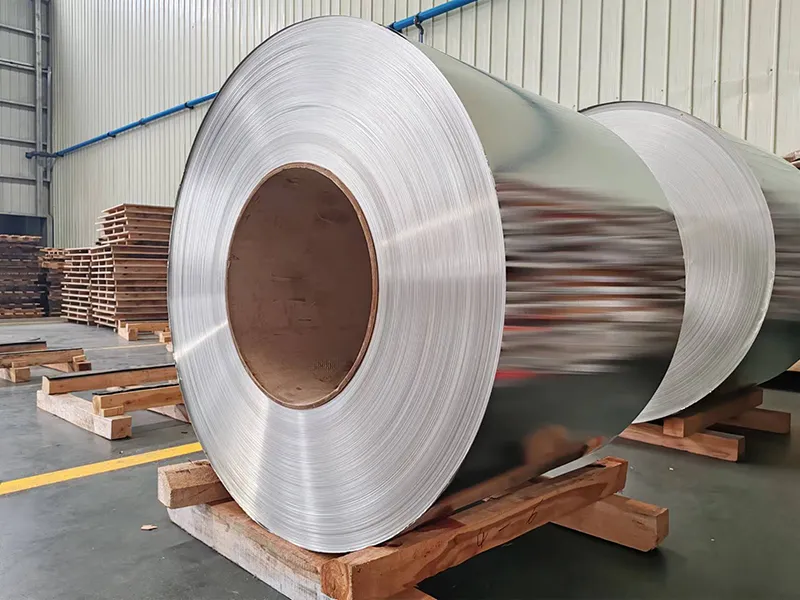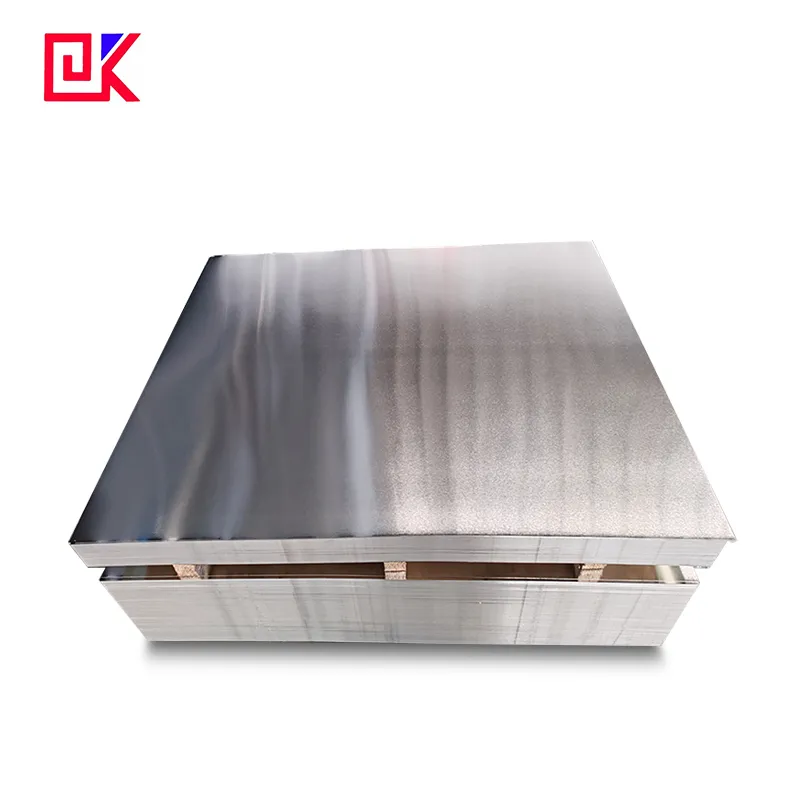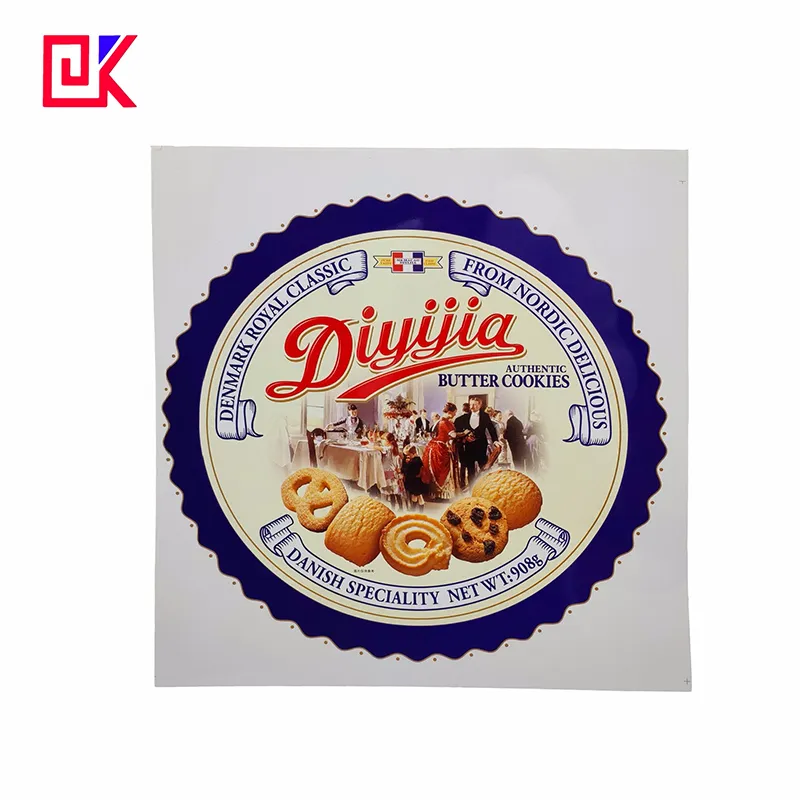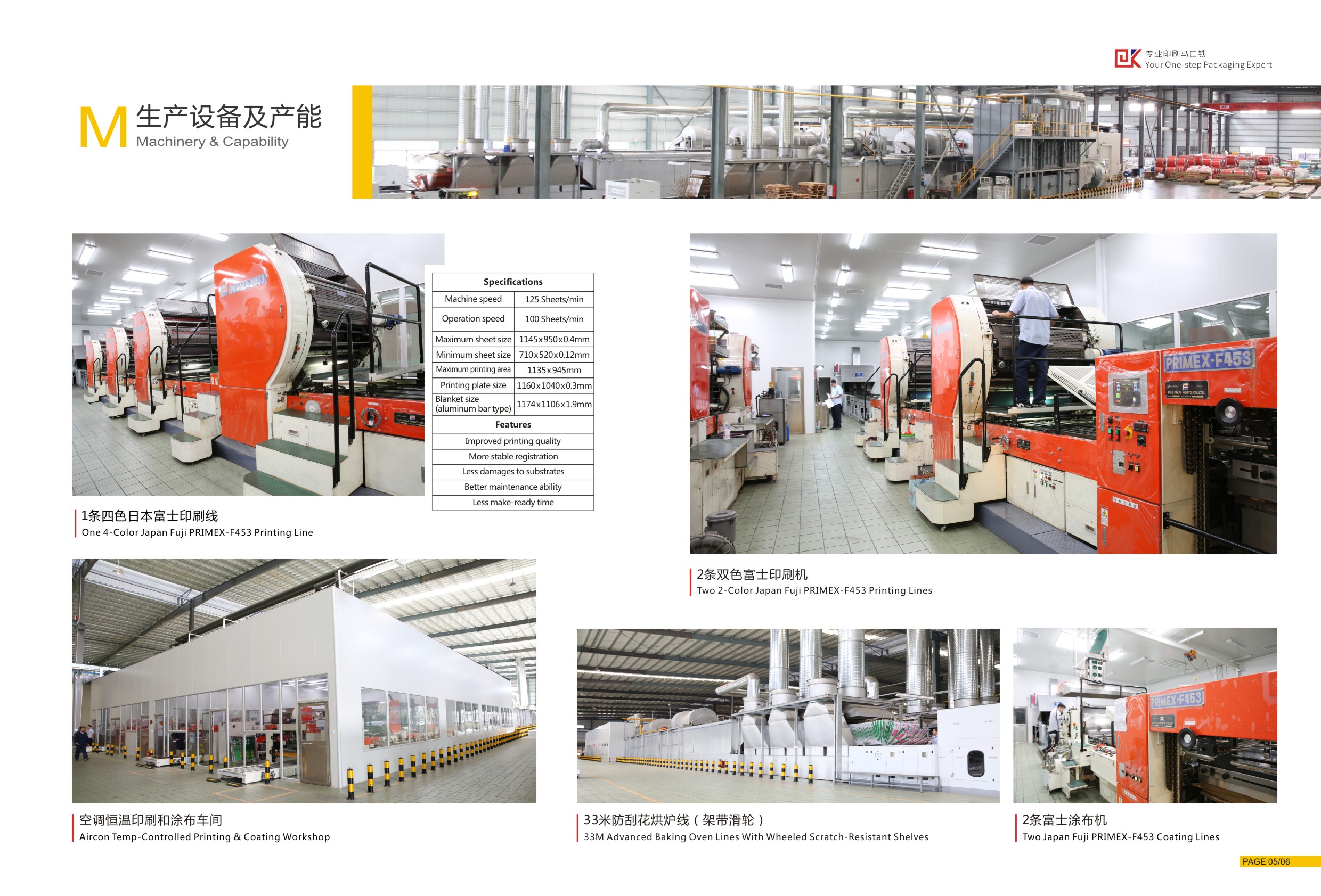Tinplate plate is a metal material coated with tin on a steel surface. It is widely used in packaging for the food, beverage, cosmetics, and chemical industries, particularly in canned food and beverage cans. Many people wonder: Is all tinplate plate food-grade? This question involves the classification and standards of tinplate plate, as well as its specific applications in food packaging.
This article will discuss the definition of food-grade tinplate plate, its production process, and its differences from non-food-grade tinplate plate, answering common questions about its suitability for food packaging.

What is tinplate plate?
Tinplate plate is a composite material composed of a low-carbon steel plate coated with a thin layer of tin. The steel gives tinplate plate its high strength and ductility, while the tin layer provides excellent corrosion resistance. As a non-toxic metal, tin effectively isolates the steel from external oxygen and moisture, preventing oxidation and rust, thereby extending the life of the packaging material.
1. Tinplate Plate Structure
Tinplate plate consists of a steel base material topped with a tin layer, typically ranging in thickness from 0.13 mm to 0.50 mm. The thickness of the tin layer varies depending on the application. To further enhance the protective properties of tinplate plate, it is often coated with an organic coating, such as polyester resin or epoxy resin. This coating not only enhances corrosion resistance but also isolates food from direct contact with the metal, ensuring food safety.
2. Tinplate Plate Applications
Tinplate plate is widely used in various industries, particularly in the food industry. Tinplate plate packaging is non-toxic, corrosion-resistant, moisture-proof, and heat-resistant, making it suitable for packaging canned foods, beverages, and candy boxes. It is also used in the chemical, pharmaceutical, and cosmetic industries. However, not all tinplate plates are suitable for direct food packaging, which raises the question of the standards and classification of food-grade tinplate plate.
What is food-grade tinplate plate?
Food-grade tinplate plate is specifically designed for food packaging and meets strict food safety standards. Its key characteristic is its ability to release no harmful substances when in direct contact with food, ensuring the taste, quality, and safety of food are not affected. The production process and material selection of food-grade tinplate are rigorously controlled to meet food packaging safety requirements.
Food-grade tinplate generally refers to tinplate with a specially treated surface that allows direct food contact without contamination or health risks. To meet food safety requirements, food-grade tinplate must meet a series of standards, such as the surface coating must be non-toxic, odorless, and free of harmful chemicals. Furthermore, food-grade tinplate must undergo rigorous food contact material testing to ensure it does not affect the taste, color, or texture of food.

What are the standards for food-grade tinplate?
Different countries and regions have different standards and requirements for food-grade tinplate. For example:
• EU standards: The EU has very strict regulations on food contact materials. They stipulate that all food contact materials, including metal packaging, must comply with the "Food Contact Materials and Articles Regulation" (EC No. 1935/2004) to ensure that the materials do not chemically contaminate food.
• US FDA Standards: The US Food and Drug Administration (FDA) stipulates that food-grade metal packaging materials must comply with the Food Contact Substances Regulation (CFR 21 Part 175.300), which requires that no harmful chemicals migrate when the materials come into contact with food.
• Chinese Standards: In China, food-grade tinplate plate must meet the "GB 4806.10-2016 National Food Safety Standard for Metal Materials and Products," which clearly defines the limits, scope of use, and safety of metal materials and their products.
Coating Requirements for Food-Grade Tinplate Plate
Food-grade tinplate plate is typically coated to further ensure food safety. These coatings prevent direct contact between food and metal, preventing contamination. Common food-grade coatings include:
• Epoxy resin coating: Offers excellent corrosion resistance and chemical inertness, making it suitable for packaging acidic and alkaline foods, such as canned goods and juice drinks.
• Polyester coating: Used for packaging carbonated beverages or low-acid foods, it offers abrasion and pressure resistance.
• Acrylic coating: Used for highly acidic foods such as canned fruit, it offers advantages such as strong acid resistance and excellent adhesion.
These coatings not only enhance the durability of tinplate, but also ensure the safety and quality of the food inside.
Does all tinplate meet food-grade standards?
Not all tinplate meets food-grade standards. In fact, tinplate can be categorized as food-grade or industrial-grade depending on its intended use. Food-grade tinplate must meet specific food contact safety standards, while industrial-grade tinplate is primarily used for non-food packaging, such as paint cans, lubricant cans, and cosmetics packaging. Industrial-grade tinplate does not meet food safety standards in its production and coating, making it unsuitable for direct food contact.

What is the difference between food-grade and industrial-grade tinplate?
The main differences between food-grade and industrial-grade tinplate lie in their production processes and surface coatings. Food-grade tinplate adheres to more stringent standards during production to ensure the material is non-toxic and harmless, suitable for direct food contact. Industrial-grade tinplate, on the other hand, doesn't require food safety considerations, resulting in a simpler production process and lower costs.
Specific differences include:
• Coating material: The coating material used in food-grade tinplate undergoes rigorous food safety testing and will not release harmful substances into food. Industrial-grade tinplate coating materials, however, do not have such requirements and may contain substances that are harmful to the human body.
• Processing environment: The production environment for food-grade tinplate must meet food-grade hygiene standards to prevent contamination during the production process. Industrial-grade tinplate has more relaxed production environment requirements.
• Cost difference: Due to the higher production process and coating material costs of food-grade tinplate, its price is generally higher than that of industrial-grade tinplate.
Applications of non-food-grade tinplate
Non-food-grade tinplate is primarily used for industrial and consumer product packaging. Its coating and materials are not suitable for direct food contact. Common applications of non-food-grade tinplate include:
• Paint and coating packaging: Used to store substances with strong chemical properties, such as paints, varnishes, and lubricants. The primary function of this type of tinplate coating is to prevent corrosion and leakage, and the coating material may contain chemicals that are harmful to the human body.
• Cosmetic Packaging: Non-food-grade tinplate is sometimes used in cosmetic packaging, such as perfume bottle caps or cosmetic cases. While cosmetic packaging has certain material safety requirements, these standards differ from those for food-grade tinplate, particularly with regard to contact safety.
How to distinguish between food-grade and non-food-grade tinplate?
You can distinguish between food-grade and non-food-grade tinplate in the following ways:
• Certification Marks: Food-grade tinplate typically displays a certification mark or symbol, such as FDA certification or the EU food contact material symbol. When purchasing, you can verify whether the product is food-grade by inspecting the certification mark on the packaging.
• Supplier's Notes: Manufacturers of food-grade tinplate typically clearly indicate their product's intended use and food contact safety certification to ensure its safety for food packaging.
• Product Specifications and Standards: Determine the material based on the product's specifications and production standards. If the tinplate meets relevant food safety standards and is labeled as suitable for food packaging, it is food-grade.

What is the importance of food-grade tinplate?
The use of food-grade tinplate is crucial to ensuring food safety. It effectively prevents metal contamination during storage, transportation, and distribution, while also preserving the flavor and quality of the food. For the food industry, using food-grade tinplate is essential for ensuring food safety and protecting consumer health.
1. Maintaining Food Safety
Food-grade tinplate prevents direct metal-to-food contact, preventing metal contamination. For example, direct contact between acidic foods (such as ketchup and juice) and metal can cause chemical reactions and produce harmful substances. Therefore, using food-grade tinplate packaging can avoid these potential safety hazards.
2. Extending the Shelf Life of Food
The coating on food-grade tinplate also acts as a barrier to oxygen and moisture, effectively extending the shelf life of food. For example, after canning foods through high-temperature sterilization, the tinplate seals out the outside air, preventing oxidation and spoilage.
3. Compliance with Food Safety Regulations
The production and use of food-grade tinplate plate complies with food safety regulations worldwide, ensuring that the packaging materials produced by our company do not pose a threat to consumer health. For companies exporting food, using food-grade tinplate plate that meets international standards is a crucial guarantee for entering the international market.
What sets Dekai apart from other metal packaging factories in China?
Unlike many small workshops, Dekai is a modern, large-scale factory with a proven track record. We combine automation, high capacity, and technical expertise to deliver low-price, high-quality metal packaging products. Clients worldwide choose us for our responsiveness, flexibility, and reliability. Looking for a metal packaging manufacturer you can grow with? Choose Dekai.

